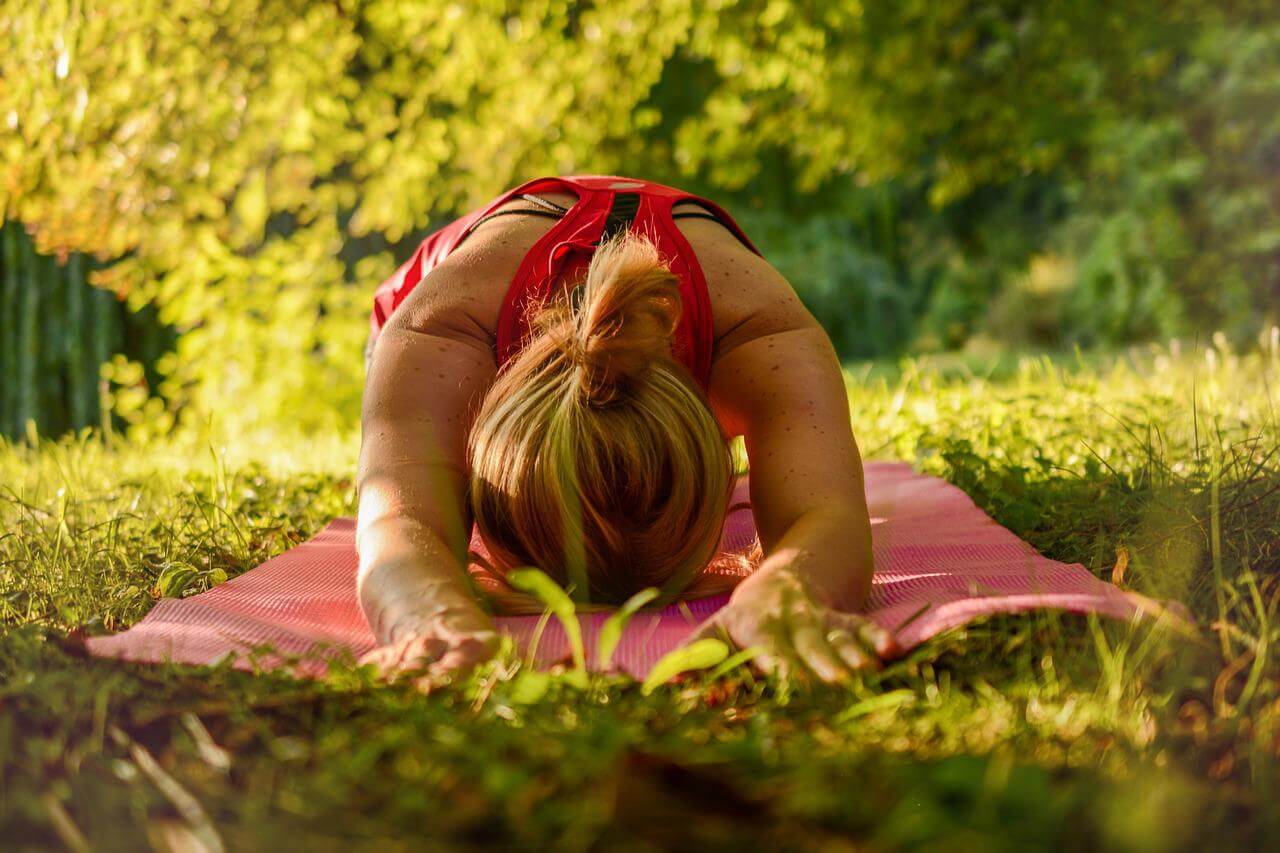Top 10 Keep in Mind Tips for Yoga Beginners

Yoga means “to yoke” or “unity” in Sanskrit.
Table of Contents
ToggleYoga is more than just a set of exercises; it is the connection of the individual self or awareness with the limitless universal consciousness or spirit.
Yoga is a method of studying the nature of the mind that emphasizes practice and direct experience.
Congratulations on starting Yoga; it will keep your health and mind on track. Let’s continue to top 10 keep in mind tips for yoga beginners.
1. Better Understand Yoga:
Yoga is a sort of exercise in which you move your body into various postures to enhance your fitness or flexibility, improve your breathing, and calm your mind.
As beginners, we sometimes associate yoga with difficult, limb-twisting positions. And don’t you ever think to yourself, “I can’t even touch my toes, how can I perform yoga?” Yoga isn’t about touching your toes or extending your arms 98 degrees to the northeast.
It’s a simple method of reconnecting with yourself via the use of your breath, body, and mind. And it’s simple to do.
So, it doesn’t matter whether you’re not Ms. Flexible or Mr. Stretchable, or if you’re starting yoga at the age of 40, or if you have secret love handles that are freaking you out – simply dispel all those beliefs before you start your yoga practice!
You are the only one who is watching you, so just relax. This adventure will offer you a lot of fun and relaxation!
2. Get a Qualified Yoga Instructor:
It is ideal to begin practicing yoga under the supervision of a trained yoga instructor who can guide you through the proper execution of each practice.
This will help you learn yoga asanas (postures) correctly and avoid injuries. Some of the beliefs or practices taught in yoga may seem novel, but keeping an open mind will help extend your view and improve your yoga experience.
Now that there is a pandemic surge in online yoga programs with trained yoga teachers, you may choose to practice yoga at home.
3. Inform the yoga teacher about your health issues:
If you have a medical problem, notify your yoga instructor before beginning your yoga instruction. It will assist the instructor in customizing your yoga asana practice and avoiding difficulties or injuries.
Yoga practice posters may differ depending on your health concerns. As a result, you must discuss and practice to improve your health.
4. Wear to be comfortable:
Wear comfortable clothing to yoga class or when practicing yoga at home. Wearing belts or heavy jewelry might also interfere with your yoga practice.
- Bottoms that are breathable and flexible, such as yoga pants or shorts
- A breathable, narrow-fitting, or form-fitting shirt that won’t fall over your head when you’re upside down.
- For women, a sports bra or built-in shelf bra provides adequate support for the sort of yoga practiced.
- A warm, comfy top layer for savasana after a class or after you’ve cooled down.
5. When and How Long Should practice?
The optimal time to practice yoga, according to most yoga schools, is before sunrise.
However, this may not be the case for those who sleep late or do not feel comfortable working out in the morning. If you are a night owl, don’t allow this attitude to keep you from participating in this amazing kind of exercise.
Any time of day is OK as long as you are consistent with your practice. If mornings aren’t convenient for you, don’t let that stop you from practicing yoga.
How long or how short should your practice session be? This is completely up to you; most individuals practice for 15-60 minutes. There is no such thing as right or wrong. If all you have time for is a quick 10-15 minute practice before work or after a workout, that’s OK; go for it!
To maximize energy, eat a good, balanced meal two to three hours before you practice yoga, allowing your body to be fed while your stomach is empty.
If you practice first thing in the morning, try to give yourself at least 30 minutes to digest your meal before stepping onto your mat. It is also recommended that you drink at least three to four liters of water every day to assist flush the toxins created during your yoga practice out of your body.
7. Warm-up:
Sukshma Vyayam, or moderate warm-up movements, assist to relax the body and prepare it for the upcoming yoga asanas. Here are some warm-up activities to get you started:
- Massaging the brows, nose, and cheeks: When we make a mistake, we immediately lay our hands on our heads. This indicates that blood circulation in the brain is impaired and that a massage is required!
- To ease stiffness, rotate your neck clockwise and anticlockwise. Shake your hands and pump your shoulders to shake off the sluggishness.
8. Gentle Smiling:
A gentle smile, for example, is frequently interpreted as a sign of compassion. According to studies, these smiles entail the upward pull of the lips and frequently cause dimpling in the cheeks.
Maintaining a soft grin calms the body and mind, allowing you to experience the yoga asanas more fully. You may push your body’s boundaries and stretch more than normal if you keep your mind relaxed.
9. Push Your Boundaries:
Yoga asana is defined as Sthira Sukham Asanam in the ancient yogic classic Patanjali Yoga Sutra.
Do only as much as you can comfortably do and then extend a little more (to improve body flexibility). Remember to use your breath as a guideline: when it is soft and long, the muscles begin to relax; when it is jagged or uneven, you have over-exerted.
Going somewhat outside of your comfort zone can keep your yoga practice interesting and give a sense of challenge as you improve and embrace new yoga asanas.
10. Each yoga asana is distinct:
Be content with where you are in your yoga practice and don’t compare yourself to other students in the yoga class.
Keep in mind that each body type is unique, and various people have varying levels of skill. Some people may effortlessly do a certain yoga asana, but others may require a bit more time and practice to get there.
As a result, don’t feel pressed to over-exert yourself. With frequent practice, your flexibility and efficiency in doing yoga poses will increase.
Do not be startled if you suffer muscular discomfort during the first few days of practice. However, if the discomfort persists, notify your teacher right once. The key here is to be consistent with your yoga practice and to be patient.
It will take some time for the body to adjust to the yoga asanas, just like any other discipline.



